When training the horse relaxation must come first. Anything we gain in ‘training' without the horse being relaxed is compromised. Any measure of tension prevents him from fully committing to your request.
Now, the rub is that most training methods are built upon manipulating and maintaining some measure of tension in the horse.
Relaxation isn't a trait you train into the horse or some kind of conditioned response. True relaxation for the horse is the same as for us – you can't be told to “relax” and instantly submit. Quite the opposite, tell someone to “just relax” and many times they'll bristle slightly and brace in preparation.
Relaxation is a response to earned trust, another trait which can't be taught, trained or forced.
I have a horse in training right now who is struggling with relaxation. He is trained to a certain degree but everything trained is a compromise because he lacks relaxation.
Where do you start then with a horse who lacks relaxation, lacks trust, and as a result his whole training is compromised?
Let's start by setting a baseline and working towards improving the form of the horse's work. Train the body correctly and expect the mind to begin following. If your physical training is incorrect the horse's mental and emotional state will either stagnate or get worse.
Look at the walk, it shows the tensions of the horse very easily and clearly because of the relative slowness. The other gaits are built upon the walk; a tense, imbalanced, faulty walk will create the same in the trot and canter.
Identifying problems in the walk starts with the horse's tracking. Put your horse on the lunge line and ask for a consistent walk. Where are the feet landing? That is the tracking. Do the hind feet land in front of, behind or directly on top of the front hoof prints? Are they landing to the outside or inside of the circle? Are they landing the same way consistently or do they change as the horse walks in the circle?
Ignore your horse's head, look only at the feet. The head and neck are deceiving, but the feet don't lie. They tell you the horse's hindquarter engagement, physical condition, lateral balance, gives away any nervousness and also where your horse's attention is.
Under saddle the tracking impacts the way your horse feels underneath you. The way his walk moves your hips in the saddle. If you are balanced with relaxed hips, following seat and draped legs you can begin to effectively feel your horse's feet with your seat.
Does it feel like his feet land with a thud, like your hips are being pushed side to side instead of forward and back? Do your hips move in the same way consistently or is the movement constantly changing? Maybe it even feels like they are being pushed upwards more than forward or sideways.
After observing the tracking, and while still working to improve it through lunge work, we get to under saddle work focusing on three elements of the physical form we want to promote to the horse.
- Calm
- Forward
- Straight
For three rides in a row all we did was work on these three elements.
But there are habits he brings with him that can easily impede a rider's progress if they don't acknowledge them for what they are.
Picking up the reins is a trigger for him to become tense, chomping at the bit, excessive salivation, and going from one extreme of leaning on the bit and coming behind it altogether.
He'll also put himself in a false frame. But how do we know it's a false frame? Because there's a problem with your communication. He's so light in the bridle you can't establish real contact, or so heavy your biceps get an Olympic workout every ride. He's constantly bent the wrong way, or trying to bend the wrong way. He falls apart if you aren't riding with both reins.
So I created a game in my mind, that is how I approached it – as a fun puzzle to sort out and discover. How the game went was establishing calm first, giving up the biggest trigger to start – the reins. We established a steady walk rhythm without any interference from the reins by riding on the buckle along the rail.
Once his walk was steady, rhythmic, forward we progressed. Why is that important? His walk couldn't develop the trait of FORWARD until CALM had been established. Think of calm like a prerequisite, if genuine forward is present then the horse also has the trait of calm.
So now we have forward and want to discover STRAIGHT. How do we do that without losing what we've gained and triggering his habit of tension again?
Remember that tension is connected to trust. So while I'm working on creating a certain physical form for him to follow and develop consistency I'm also working in a way that begins to establish trust. I'm consistent, calm, relaxed and patient. I ask and never demand. If he doesn't understand I try to explain it more plainly and help guide him to the right answer. There's no timeline, no schedule, test or competition he has to be ready for. No rush, just at his own pace and level of understanding.
So when I'm working on a calm walk I'm working on more than just a calm walk. I'm establishing a certain baseline of trust to build on each and every time he feels like he wants to fall back into tension. I accomplish that by listening to every step he takes with my seat, noticing every bit of tension that starts to build – sometimes slowly and sometimes faster than you'd think possible – and making him a better offer.
Rather than him responding with tension, I say to him ‘wouldn't you rather,' by adjusting my own seat or asking for him to pick up his rhythm or slow his rhythm or even just reassuring him with my voice. How do we help calm someone we care about?
And by the time he offers me forward he's already built a measure of trust in me. So when I ask for something outside of his comfort zone, like straight, he now has two options where he previously only had one; to fall back into the habit of tension or to trust me a little and see what it is that I want.
So, I pick up the reins. Not all the way, I take soft contact with the inside rein and allow the outside rein to loop generously so I don't risk overwhelming him on both reins.
And I wait. I wait for him to follow that inside rein. Immediately he tries to change the bend, because that is what his habit of tension dictates in this situation. And in response to his tension I maintain the exact same contact. I don't take more and I don't give any slack. I give him time and patience on my part.
Sometimes he would offer brief moments of turning his neck towards the rein, creating slack in the rein. But I don't want his neck, I want a correct bend and for him to follow the rein, for him to find STRAIGHT. So I continue to wait and merely reestablish his steady, calm, forward walk as necessary.
And what is a correct bend? It's from head to tail, not head to withers. He can give me neck flexion and still not be bent, still not be supple through the body.
But also while waiting I did something else. I constantly checked and rechecked my own body. Am I stiff or tense? Am I braced in the saddle or in any way not following his motion? It is easy to get so focused on the horse and mimic our horse's tensions in the process.
Eyes up and forward; breathing deeply, calmly, rhythmically; toes pointed upwards (relieves tension in the ankle, calf, knee and hamstrings); hands correct with thumbs pointed upwards.
And it happened. Wandering in this way he let go of his habit, he didn't need it because I gave him no reason to keep it when he offered it. I let him become tense and instead of ignoring his tension I acknowledged it BY WAITING. If I had ignored it I would have continued pressing him to do as I wanted no matter his feelings.
So he gave up the tension and followed the direct rein. Once he was following the direct rein I would check whether he still held any tension by gently moving from a direct rein to an indirect rein. If he transitioned smoothly the tension was absent. If there was a delay or he tried to change the bend or change the quality of the walk that meant he was still holding onto tension.
Direct rein to indirect and back and forth. And every time building on that trust. And every time he followed that direct rein he was developing straight. All three qualities, without tension, gaining trust.
When he'd give me straight I'd give him all of the reins for a full lap or two of relaxed walk around the arena. He could stretch and appreciate the freedom I trusted him with. We were also developing a tension-free habit of picking up and dropping the reins – an action which previously triggered tension but now he was as relaxed about as walking on the buckle.
And what else? Remember the overactive chomping of the bit? That quieted on the first ride. What followed with that was no more excessive salivation, but was replaced with moist lips.
And straight? To get to straight you first have to bend through the whole body and follow that bend. So yes, in a way we gained straight if by gaining the beginning of it.
Each ride an improvement on the last; each action building more trust, more relaxation, more calm, more forward, more straight. And in turn his mental and emotional form was beginning to follow his physical one.
What follows? Yesterday I introduced some trot work. Did we just trot off? No. I gave him the same form to follow, gave him the same opportunity to choose a habit of tension or to continue building on all the trust we developed in the walk work. And after that we'll progress to canter, then lateral work, then collection, then the sky is the limit. See where this puzzle game goes?
Why put so much effort into something so “small”? It's always the small things, easy to ignore, that build into a large thing so complicated we don't know how to start unravelling it. These small things are what creates an effortless dance with the horse.
Lightness isn’t something that is achieved, it simply exists when all of these things are present and the horse works without tension. It is when there is tension in the horse that we have to rely upon force and heavy aids to inspire them.
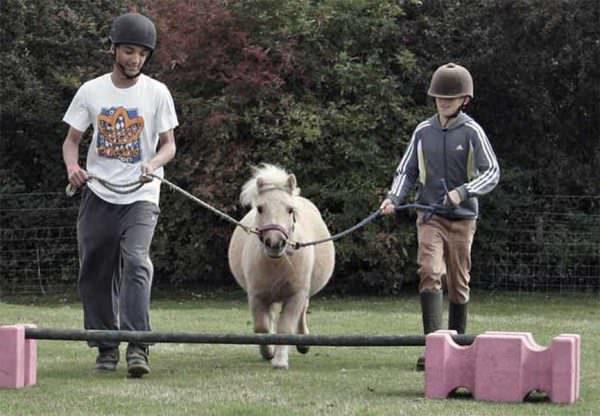
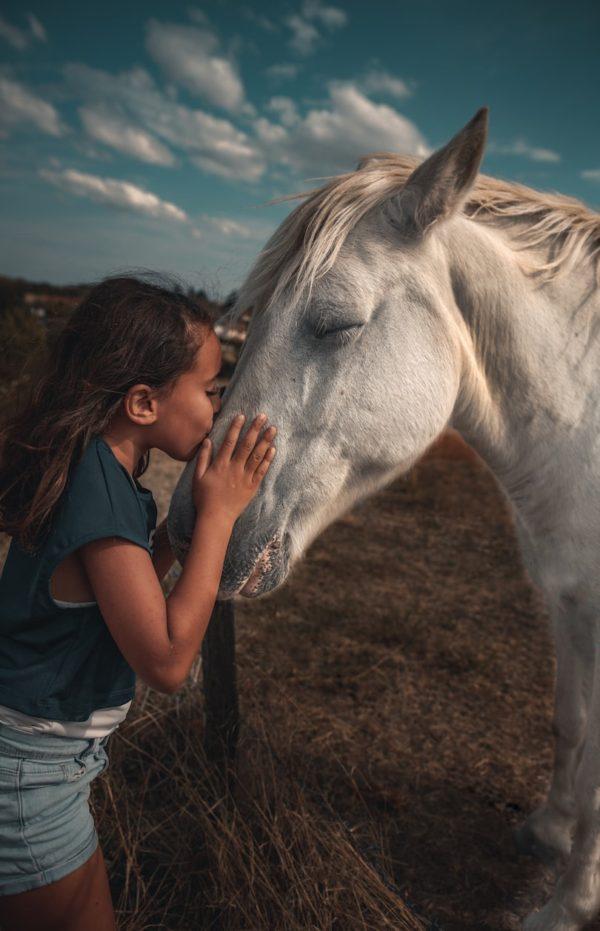
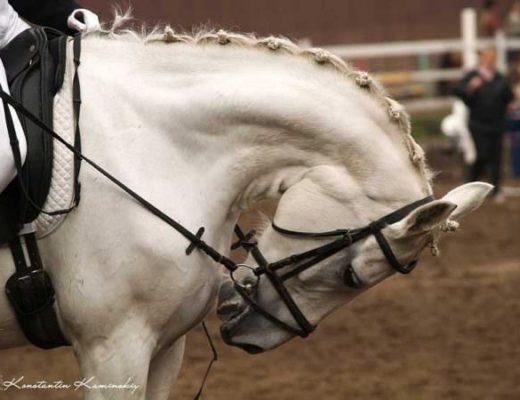
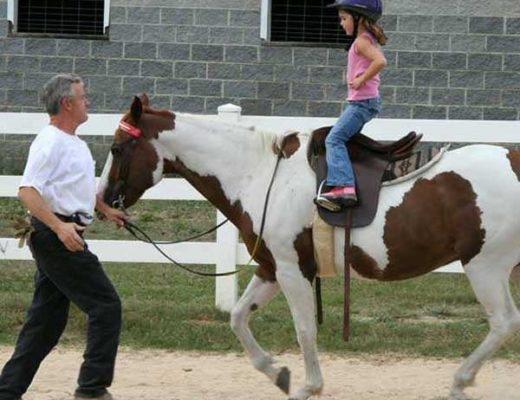
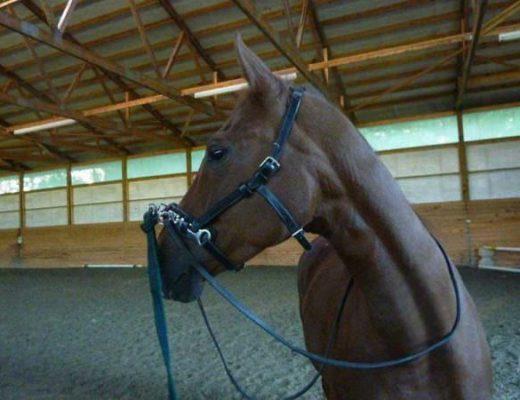
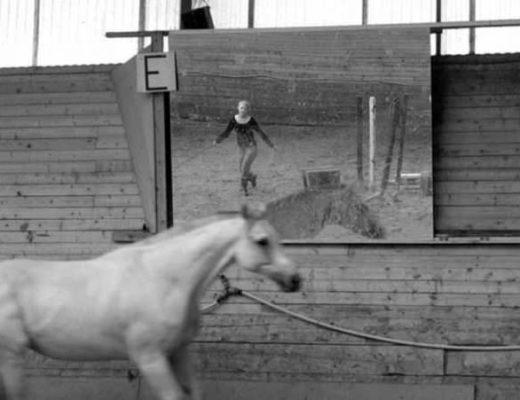
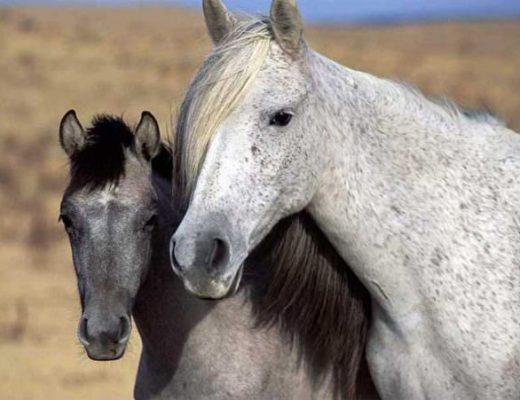
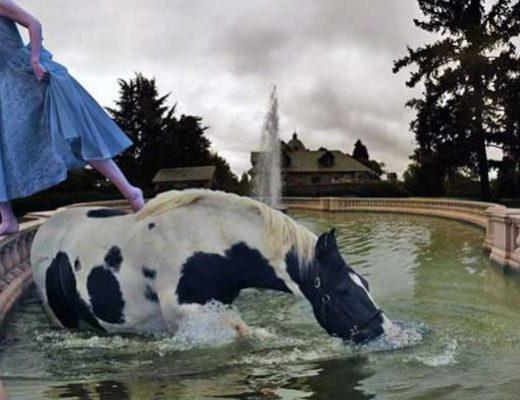
I like how you say “Lightness isn’t something that is achieved, it simply exists when all of these things are present and the horse works without tension. It is when there is tension in the horse that we have to rely upon force and heavy aids to inspire them.”
Very interesting read, as I have a horse that tends to stay very chronically tense.